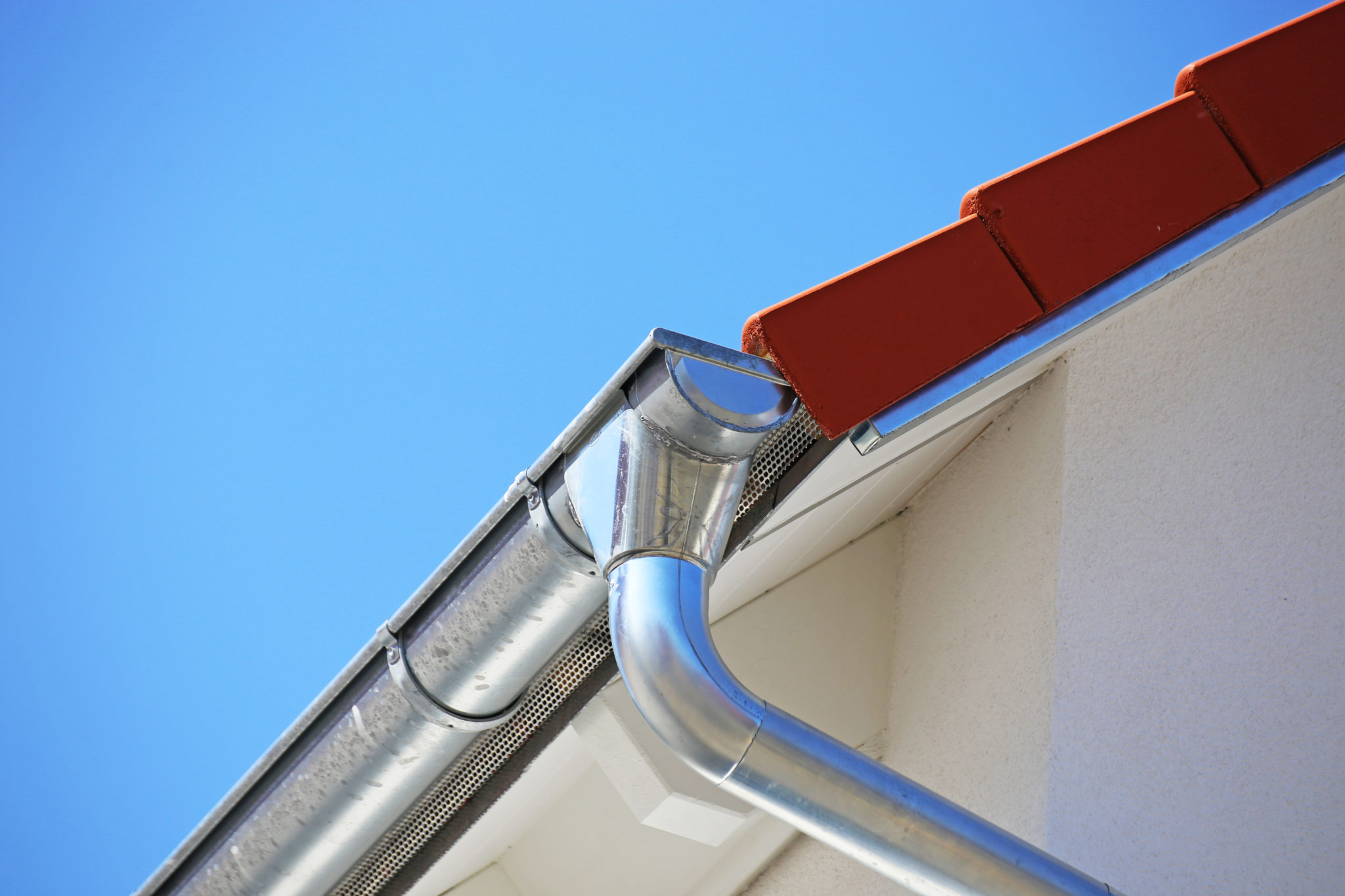
05 Apr Readying Your Roof’s Top Three Vulnerabilities
So you’ve packed your flashlight, radio, extra batteries, and a bevy of canned goods. You’ve even bought new plywood for your windows and planned your evacuation routes.
But wait, aren’t you forgetting something?
After all, you may be ready for hurricane season… but is your roof? If you’re not sure, we recommend inspecting three of your roof’s most vulnerable spots:
#1 – Your Outermost Roofing Material
Whether you have slate roofing, Spanish tiles, or some other form of top material, your roof’s outermost layer should be the first thing you inspect when determining whether or not your roof is hurricane-ready.
Be on the lookout for slipping shingles, broken tiles, or other signs that your roof may have been punctured in the past. Additionally, be mindful of any areas that may contain loose or weakened material as, even if it is still connected now, hurricane-force winds may ultimately rip them off later on, and unexpected hail may batter it further.
Particularly if your roof is old or has not undergone routine maintenance since last year’s storm season, you should consider investing in a roof inspection.
#2 – Your Flashing
Designed to protect the underlayment of your roof from water penetration, if your flashing fails, the rest of your roof — and even the inside of your property — may become vulnerable to leaks and moisture intrusion.
As the flashing connects the joints of your roof, maintaining it will ensure that the material effectively optimizes the ability of the underlying seams and vertical surfaces to withstand a storm.
Should your flashing be ill-prepared for the storm season, also bear in mind that it will be more than just the roof itself that takes on damage; rather, your chimney, skylights, roof windows, and other such openings into your home will become direct paths for water intrusion.
#3 – Your Gutters
Your gutters are designed to lead water down and away from the base of your property. Consequently, if your gutters are not cleared prior to the onset of a storm, they are at risk of becoming clogged and backed up, thus pushing all of the water and damp debris back out onto the surface of your roof.
When water builds up on your roof with no easy direction in which to drain, the weight will inevitably bear down on your property, potentially causing wood rot, topical erosion, water damage, and more.
Additionally, if your gutters begin to sag, they could tear at the edges of your roofing material, making for a more costly repair overall.
At the end of the day, hurricane preparedness doesn’t start and end with an emergency supply kit, nor should it begin when the first tropical cyclone begins to form. Instead, it’s important to plan ahead and ready yourself well in advance — which is why we recommend contacting Universal Roof & Contracting to schedule a FREE inspection as soon as possible!
Our team has been working with property owners in Central Florida and Jacksonville for over 27 years in order to provide them with ultimate roof safety and satisfaction. To learn more, call us today at 855-ROOF-HELP!



